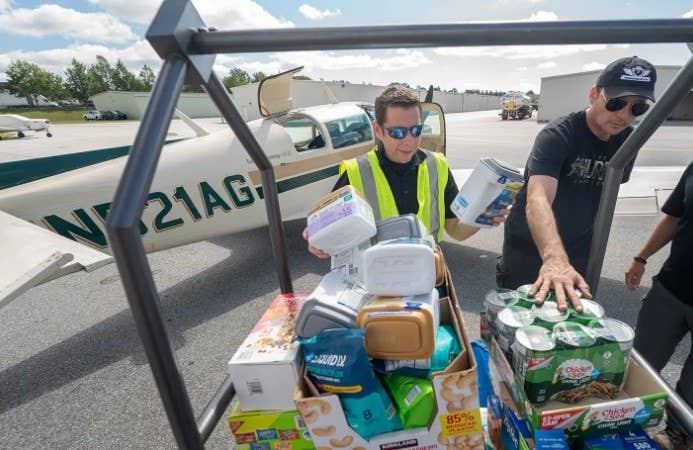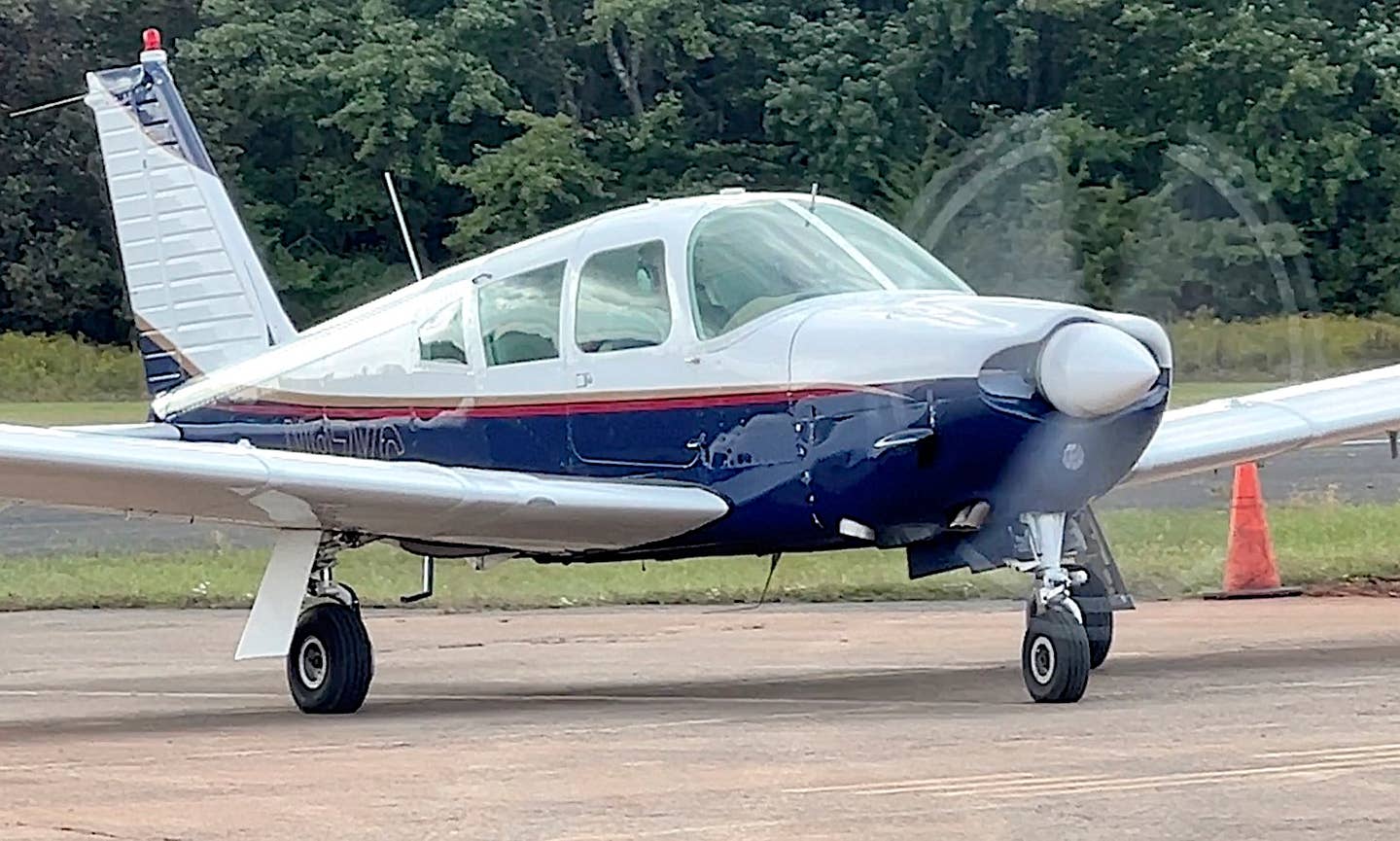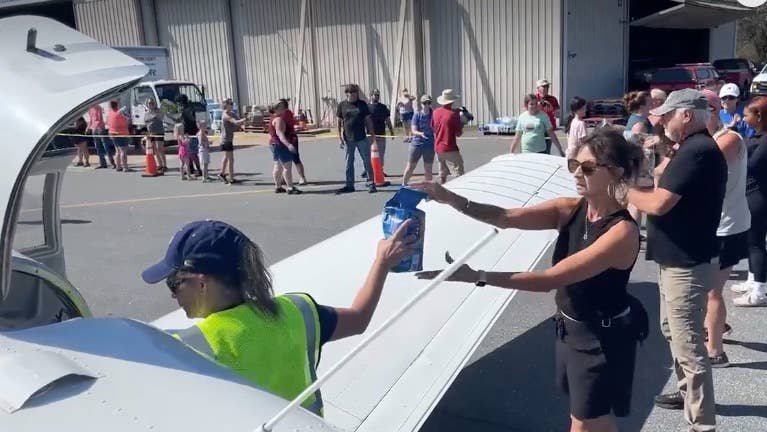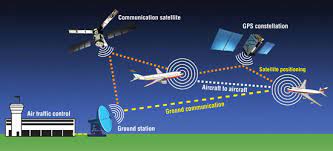Pattern Wars: Part Deux
Not to leave well enough alone, the FAA has just updated the advisory circular on pattern flying. Straight-in approaches are to be discouraged. Let the games begin.
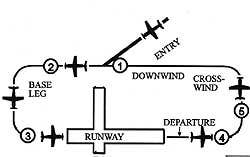
Sigh. They’re back. The modern resurrection of the pattern wars. As an inveterate FAA jailhouse lawyer, I already know the arguments.
“Discouraged doesn’t mean prohibited.”
“Advisory circulars aren’t regulatory, that’s why they’re called advisory.”
“The FAA has no clue what’s really going on in traffic patterns.”
And so on and on and on.
The occasion of this Phoenix rising from the dead is the FAA’s recent release of a revised AC-90-66, that little mundane pamphlet that deals with the details of flying into airports without control towers. The entire 9800 words of it could be distilled into, “Just play nice, willya?” But then how could we possibly entertain ourselves in the pilot lounge by arguing about—wait for it—the advisability of flying straight-in approaches?
This first erupted as a thing in the 1990s, when online chat and newsgroups appeared. Billions of pixels went to their untimely deaths in flame wars about as relevant as tastes great vs. less filling. I never understood why. You almost got the sense that some pilots lost their firstborn or had their houses burgled by a Cherokee owner who had the unmitigated gall to fly a straight-in, committing the unceremonious insult that was the equivalent of the empty glove slap.
In those days, the FAA’s advice actually was play nice. The recommended procedure allowed pilots to fly straight-in, but cautioned against using it to cut someone off or butt into the pattern. Of course, some of the more creative CTAF insults emerged from the fact that pilots did the cutoff anyway, hence the hot argument that smolders like those old coal mines in Pennsylvania.
The new guidance says this: “The FAA discourages VFR straight-in approaches to landings due to increased risk of a midair collision. However, if a pilot chooses to execute a straight-in approach for landing without entering the airport traffic pattern, the pilot should self-announce their position on the designated CTAF between 8 and approximately 10 miles from the airport, and coordinate their straight-in approach and landing with other airport traffic.”
How’s that for a load of equivocation? And what rich fodder for more arguments now buttressed by being able to retrieve the text on an iPhone and brandish it in the miscreant’s face. Perhaps Garmin could work on an app to allow the cut-offee the ability to transmit the text directly to the cut-offer, for reading on the ADS-B display. Of course, I am exaggerating here as aviation writers named Paul sometimes do, mostly for effect and to get the MacGuffin kind of rolling along.
Yes, we embarrass ourselves with stupid little spats on CTAF, but by and large, we behave ourselves and extend courtesy when warranted. Which is why I think the FAA’s new guidance will probably be widely ignored. Pilots flying patterns know that straight-in approaches have their merits and the details can be worked out on the CTAF. Yeah, there are some Melvins and Karens* who won’t go along, but not enough to make life miserable for most of us.
Now the practicalities. I really want some airplanes to fly straight-ins, specifically the many bizjets that fly into our home drome. That includes a lot of Citations and Gulfstreams and when they occasionally try to mix into the pattern, the results can be more chaotic than a simple, well-announced straight-in approach would be. That’s where the wisdom of the AC bubbles to the surface. If concise announcing happens starting at 8 miles, that’s plenty of time for the FLIBs in the pattern to sort themselves out and plan a sequence. Maybe you have to extend a little for the faster traffic or maybe you can land ahead of it. If the straight-in has to go around, well, so it goes. That’s life in the world of aeronautical uncertainty.
I would hope that these jets have at least one pilot in the cockpit who’s familiar with the vagaries of non-towered airports. Three or four years ago, I was stooging around the pattern making my proper announcements when a Citation went whistling by on final while I was on base. No announcements. After he landed, I tried to raise him on the CTAF. No reply. A comm check with the FBO confirmed my radio was working. Maybe the crew was on the wrong frequency or switched off the audio. That’s a mistake not to make at a busy non-towered airport.
That gets me to radios where they aren’t required. Shortly after the horrific midair at Winter Haven between a seaplane and a Cherokee last March that killed four people, a reader wrote me and said radios ought to be required for ops at all airports. I have resisted this idea and I’m still not crazy about it. The seaplane in the midair did not have a radio. While there’s no guarantee the collision would have been avoided if it had been radio equipped, it’s also true that more information about traffic in the pattern is better than less.
Venice is busy enough that I wouldn’t even consider flying without a working radio. It’s hard to measure the real risk of NORDO pattern work, but it makes everyone tense and the required investment just isn’t so onerous that anyone who can operate or own an airplane can’t also afford to put in an inexpensive radio. Viewed in context with the advance ADS-B represents, I think it’s time to require all airplanes to have an operable radio for pattern flying, even those without electrical systems. It adds a measure of safety for everyone.
*This comment refers to no specific Karen, of whom I know many, but the generic Karen of the Meme thought to be a particularly prickly person. Any resemblance to a real Karen is coincidental and unintended.

